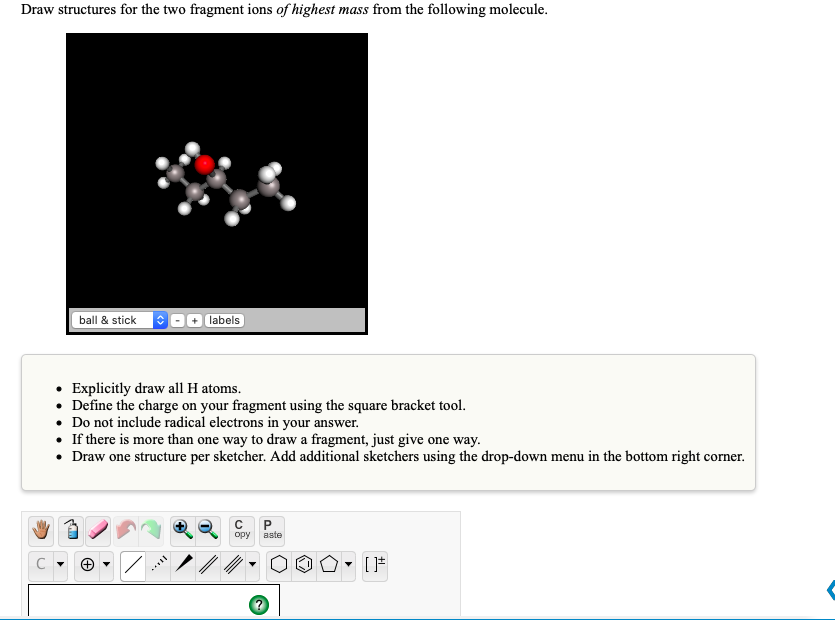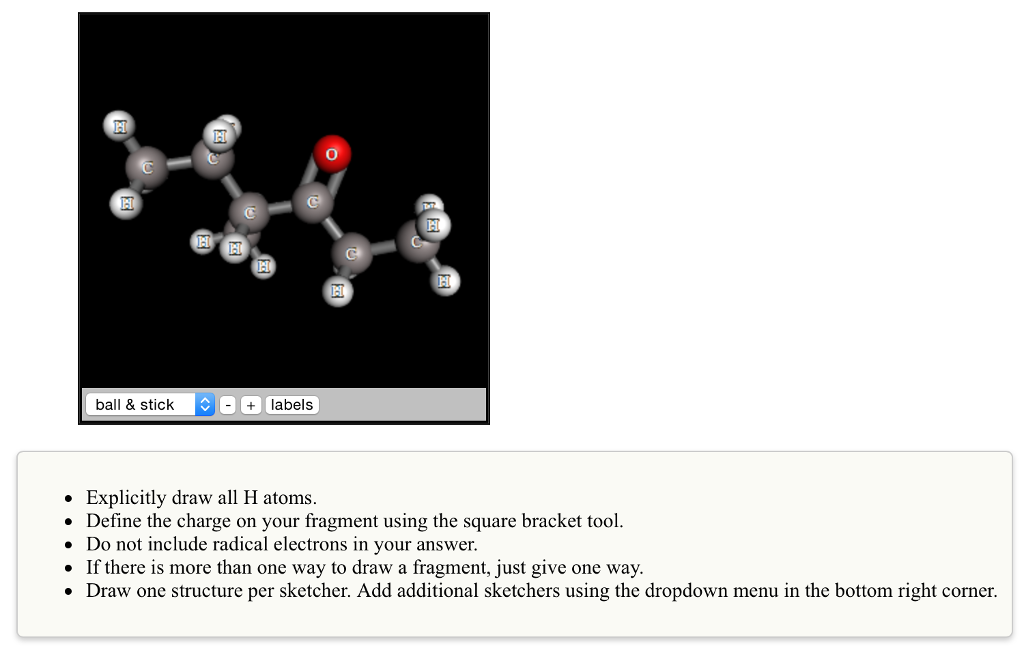Solved draw structures for the organic products of the
Table of Contents
Table of Contents
Have you ever struggled with drawing structures? Maybe you’ve spent hours trying to draw a complex molecule or just can’t seem to visualize the final product. Whether you’re a chemistry student or a professional in the industry, the ability to draw structures is crucial. In this article, we will discuss how to draw structures and provide tips for simplifying the process.
When it comes to drawing structures, one of the most common pain points is simply not knowing where to begin. It can be overwhelming to look at a complex molecule and try to figure out how to draw it. Additionally, it’s easy to make mistakes or get lost in the process, which can also be frustrating.
First and foremost, it’s important to have a solid understanding of the basic principles of drawing structures. This includes knowing how to represent atoms, bonds, and functional groups. Once you have this foundation, it’s much easier to build up to more complex structures.
The key to drawing structures is practice. The more you do it, the more comfortable you will become with the process. In addition to regularly practicing, there are a few tips that can help simplify the process. For example, breaking down the molecule into smaller parts or using templates and stencils can make drawing structures more manageable.
How to Draw Structures: Tips and Tricks
When I was studying organic chemistry, I struggled with drawing structures at first. However, through practice and trial and error, I found a few tips and tricks that helped simplify the process.
One tip that I found helpful was breaking down the molecule into smaller parts. For example, if I was trying to draw a complex ring structure, I would start by drawing the individual rings separately and then connecting them. This helps to simplify the process and make it more manageable.
Another tool that was helpful for me was using templates and stencils. These are readily available online and can be printed out and used as a guide for drawing structures. This can be especially helpful for complex structures that require a high level of precision.
The Importance of Practice
The key to mastering drawing structures is practice. It’s important to dedicate time to regularly practicing and getting comfortable with the process. Even if it feels overwhelming at first, with time and practice, it will become second nature.
Drawing Structures for Organic Chemistry
When it comes to organic chemistry, the ability to draw structures is a crucial skill. It’s important to have a solid foundation in the basic principles of drawing structures, such as representing atoms, bonds, and functional groups. Additionally, it’s helpful to practice regularly and use tools such as templates and stencils.
Breaking Down Complex Structures
One of the most challenging aspects of drawing structures is working with complex molecules. However, by breaking down the molecule into smaller parts and working systematically, it can become much more manageable. Additionally, using tools such as templates and stencils can be very helpful for ensuring precision.
Practice Makes Perfect
The more you practice drawing structures, the more comfortable you will become with the process. Don’t be afraid to experiment and make mistakes - this is a crucial part of the learning process. By dedicating time to regularly practicing, you will be well on your way to mastering the skill of drawing structures.
Question and Answer
Q: Do I need to be good at drawing to draw structures?
A: No, it’s not necessary to be a skilled artist to draw structures. While precision is important, accuracy is more crucial. With practice, anyone can learn to draw structures effectively.
Q: Are there any tools that can help with drawing structures?
A: Yes, there are many tools available online that can help with drawing structures. Templates, stencils, and computer software can all be useful resources for simplifying the process and ensuring precision.
Q: Can I use pencils instead of pens to draw structures?
A: Yes, pencils can be a good option for drawing structures as they allow for easier erasing and correction of mistakes. However, if using a pencil, it’s important to ensure that the lines are dark enough to be seen easily.
Q: How can I improve my accuracy when drawing structures?
A: Practice is key. Additionally, it can be helpful to regularly check your work against models or other resources to ensure accuracy. Taking breaks and working systematically can also help to prevent mistakes.
Conclusion of How to Draw Structures
Drawing structures is a crucial skill for anyone working in chemistry. While it can feel overwhelming at first, with practice and dedication, anyone can become proficient at drawing structures. By mastering the basics, breaking down complex structures, and using tools and resources, you can simplify the process and ensure precision.
Gallery
Pin On Chemdraw

Photo Credit by: bing.com /
Solved Draw Structures For The Organic Products Of The | Chegg.com
Photo Credit by: bing.com / chegg transcribed
Solved Draw Structures For The Two Fragment Ions Of Highest | Chegg.com

Photo Credit by: bing.com / ions molecule mass
Solved: Draw Structures For The Two Fragment Ions Of Highe… | Chegg.com

Photo Credit by: bing.com / ions molecule solved
Solved Draw Structures For The Organic Products Of The | Chegg.com

Photo Credit by: bing.com / structures organic draw reaction below structure solved stereochemistry sketcher sketchers consider drop corner bottom per additional menu using down right







